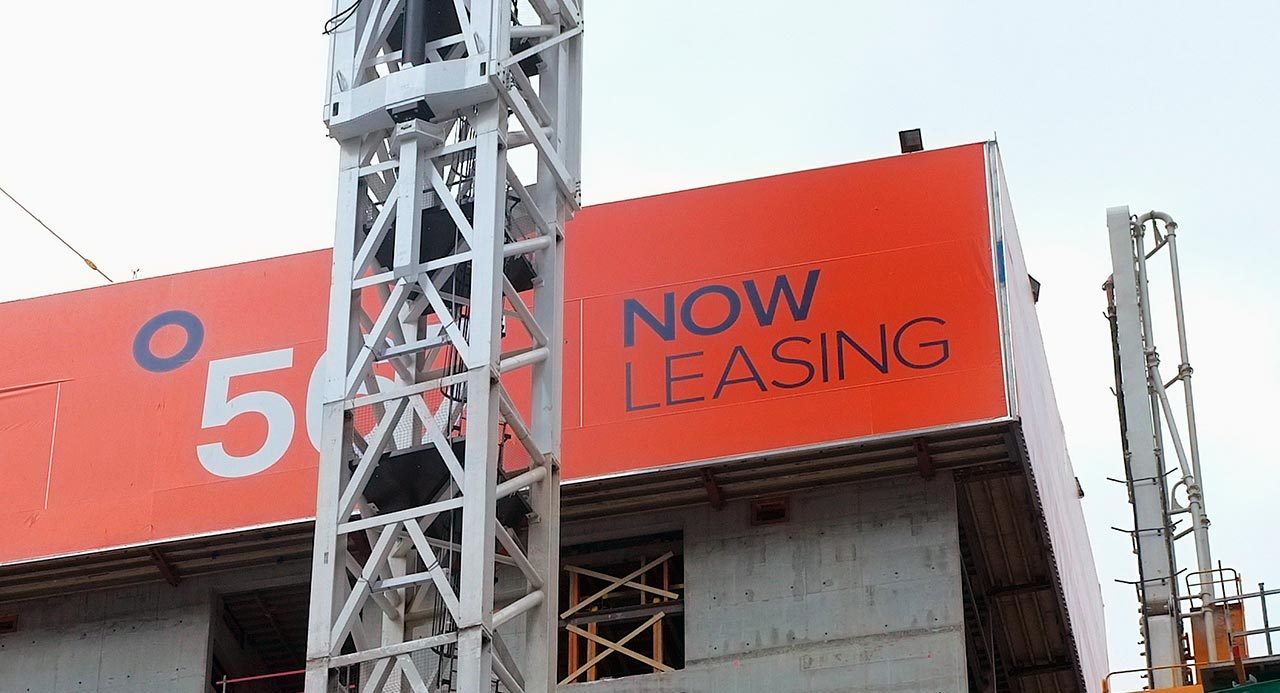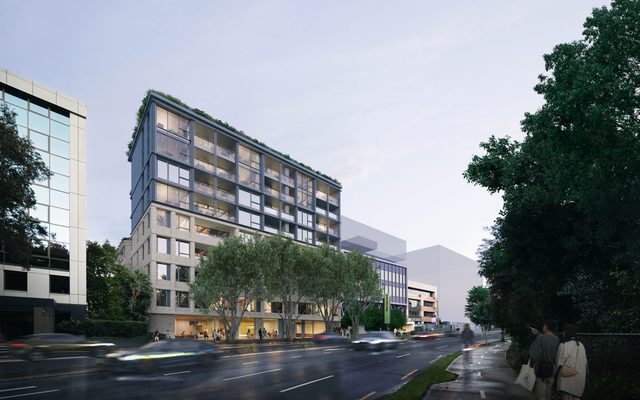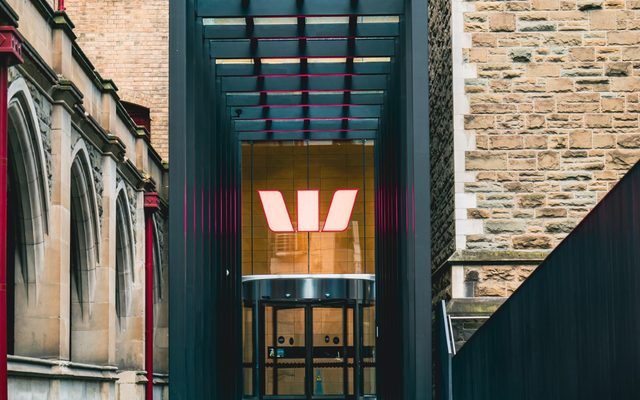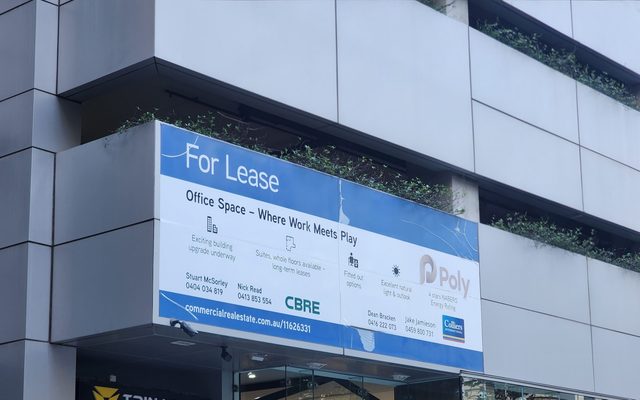This article is from the Australian Property Journal archive
STOCK withdrawals and a strong performances from Perth and Adelaide helped the vacancy rate across Australia’s CBD office market inch downwards in the September quarter, with just 1,500 sqm of positive net absorption recorded nationally.
JLL Research shows there was 90,400 sqm across the CBDs over the 12 months to September.
The national CBD office market vacancy rate fell by 0.2% to 14.2% over the three-month period, “largely attributable” to stock withdrawals, JLL said.
JLL head of research – Australasia, Andrew Ballantyne said corporate Australia is navigating a path through macroeconomic headwinds, while addressing productivity and innovation challenges within their own businesses.
“Organisations are aware of the important role workplace plays in shaping culture. While employee flexibility assists in the attraction and retention of a diverse workforce, workplace design can support in-person collaboration and productivity initiatives.”
JLL head of office leasing – Australia, Tim O’Connor said, “While the quality story is well articulated across Australia’s office leasing market, it continues to increase in relevance. Most organisations relocating their operations are moving into higher quality office buildings and this is being reflected in the prime and secondary grade net absorption results.
“Owners of homogenous office stock will have to review capital expenditure plans to differentiate their asset or risk structural vacancy and significantly lower asset values.”
Across Australia’s CBD office markets, JLL recorded 214,900 sqm of prime net absorption over the 12 months to September, and negative net 76,000 sqm for secondary grade assets.
Perth vacancy lowest in nine years
Perth CBD recorded 22,300 sqm of net absorption over the quarter and 72,700 sqm over 12 months. While its headline vacancy rate remains elevated at 17.3%, vacancy is now at the lowest level since late 2014.
“Perth has performed strongly over the past two years. While the resource sector is a major contributor to sentiment in the Western Australia economy, the office leasing market is more diverse with positive leasing enquiry from the public sector, finance, and professional services firms.” O’Connor said,
The Adelaide CBD recorded the strongest net absorption result of any CBD office market over the quarter with 37,500 sqm of net absorption. That drove an annual tally of 45,300 sqm, 3.5 times higher than the 25-year average of 12,800 sqm.
Ballantyne said Adelaide has a shortage of modern office buildings and the completion of new developments in 2023 has allowed organisations to move into higher quality stock. The high level of amenity in the Adelaide CBD has resulted in several organisations relocating their operations to the CBD to attract a more diverse range of skilled workers.
Brisbane CBD net absorption was essentially flat in the quarter, with 32,900 sqm of net absorption in the prime sector, offset by a contraction of 32,100 sqm for secondary grade assets. Vacancy contracted to 11.5%, and prime vacancy fell into single-digit territory for the first time since the end of 2019.
The Brisbane market is benefitting from private and public sector organisations moving into expansionary mode, O’Connor said. A sharp reduction in the number of prime grade contiguous space options over the past 24 months has exerted upward pressure on market rents. Prime gross effective rents increased by 4.8% in Q3 and 11.3% over 12 months.
In Sydney, new subleases being offered and several multi-national organisations consolidating their occupational footprint meant negative net absorption of 25,100 sqm.
Over the past 12 months, the core precinct recorded 61,000 sqm of positive net absorption, while other precincts experienced a reduction in occupied stock.
Melbourne’s CBD recorded negative net absorption. Leasing for prime grade assets was strong, with 19,900 sqm of positive net absorption recorded, while secondary grade assets recorded a contraction of 29,700 sqm in the quarter.
Canberra recorded negative net absorption of 24,200 sqm and an increase in vacancy to 8.0%, led by a 28,000 sqm contraction in the secondary market.




